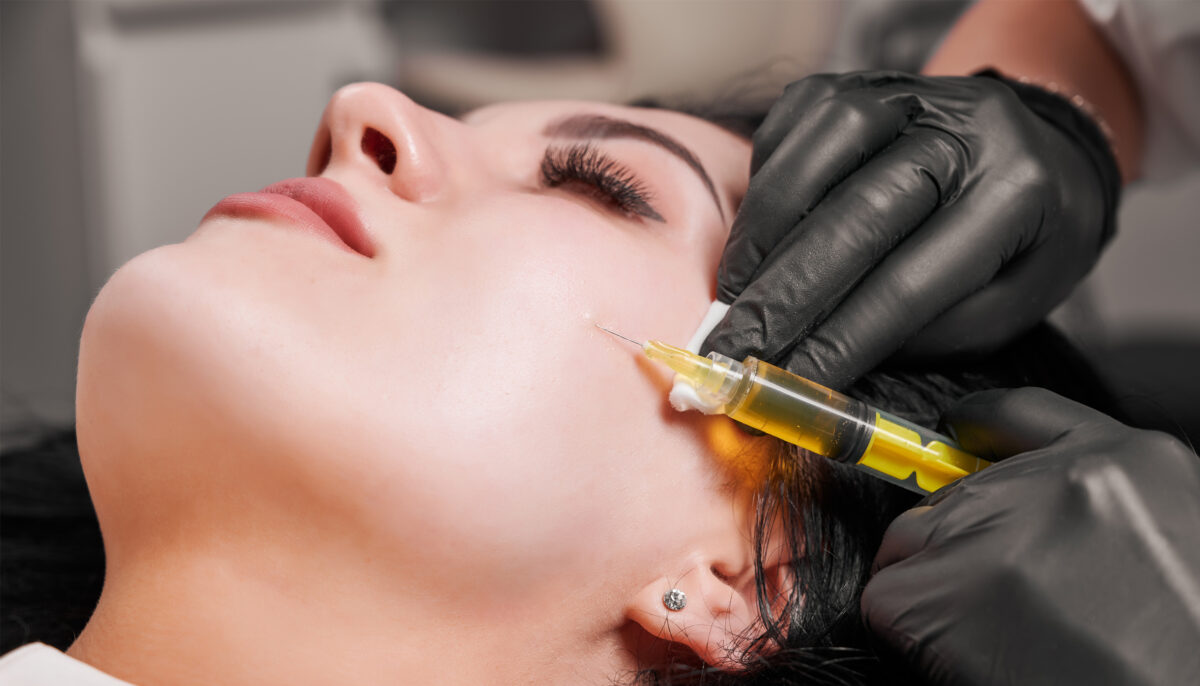The Vampire Facial has become one of the most talked-about treatments in skin rejuvenation, praised for its ability to restore glow, improve texture, and boost collagen naturally. But many clients still wonder: What is the right age to get a Vampire Facial? Is it purely corrective, or can it be preventative too?
Let’s explore who this treatment is for and when it may offer the most benefit.
What Is a Vampire Facial?
The Vampire Facial, which combines growth factors derived from our blood, uses needles to create controlled micro-injuries in the skin, stimulating repair. What makes it unique is the addition of a serum rich in healing proteins (extracted from the client’s own blood), which enhances regeneration, smooths fine lines, and improves tone and firmness.
It’s commonly used to treat dullness, mild sagging, fine lines, pigmentation, acne scars, and general skin fatigue.
So, What Is the Right Age to Get a Vampire Facial?
Most clients begin Vampire Facials in their late 20s to early 30s as a preventative measure. At this stage, the treatment helps maintain collagen levels and delays visible signs of ageing. The goal is to keep skin plump, resilient, and glowing before deeper lines or textural issues appear.
From mid-30s to 50s, the Vampire Facial shifts from prevention to correction. It becomes particularly useful for treating early laxity, crepey skin under the eyes, sun damage, and uneven tone. The growth factor element enhances healing, making it suitable for clients looking for visible improvement without harsh chemicals or long downtime.
There’s no single age where it becomes “necessary” — the treatment is tailored to skin condition rather than a number.
Who Is It Not Suitable For?
It may not be suitable for clients with active acne, certain blood or clotting disorders, or during pregnancy. A consultation is essential to assess suitability and discuss the best version of the treatment, whether that’s the traditional blood-derived approach or newer alternatives like plant-based exosomes.
At our Canon Street clinic, we regularly treat clients from their late 20s right through to their 60s with this facial, adapting intensity and ingredients according to skin maturity.
How Often Should You Have It?
A course of 2–3 treatments spaced four to six weeks apart is common, followed by maintenance every few months. Results tend to build gradually, improving tone, radiance, and elasticity over time.
It can also be combined with other skin treatments such as HIFU or light peels, depending on skin goals.

